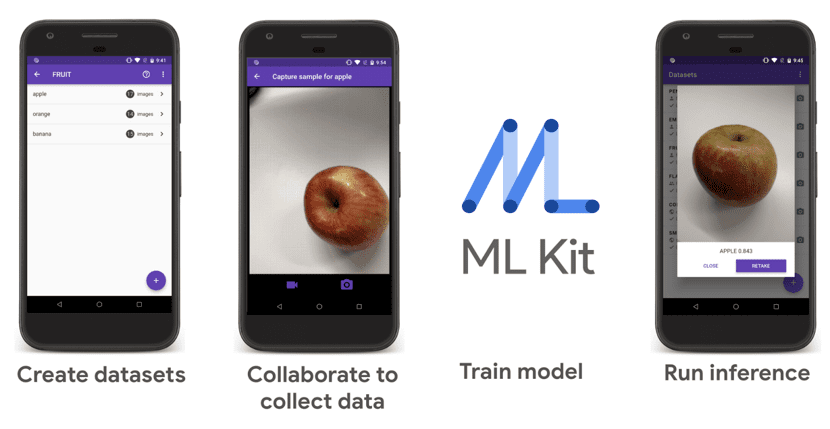
The Google team who works on the development of Flutter, its free framework and open source user interface, announced yesterday that after several months of work, the framework now extends its use to other types of platforms.
In the future, you can enrich the experience of your users on platforms such as the web, desktop applications, and small devices. This news comes about two months after the release of version 1.2 of the framework delivered with Dart DevTools, a set of programming tools, and version 2.2 of the Dart Web programming language.
About Flutter
Flutter; is a user interface development framework free and open source created by Google. Until then, it was used to develop applications for Android and iOS and it is also the main method for creating applications for Google Fuchsia.
However, thanks to the possibilities offered by the Dart Web programming language and the new development tools implemented today by browsers, Google was able to initially extend support for the Flutter framework to the web.
Now said Google, the Flutter framework is becoming a portable user interface framework for all screens.
Through this framework update, Google intends to enable companies to deliver better customer experiences on all types of screens, including through mobile applications, desktops, and the web.
Flutter for the Web
This is a Flutter implementation compatible with the code that is processed using standard web technologies such as HTML, CSS, and JavaScript.
With Flutter for the Web, Flutter code written in the Dart programming language can be compiled into a client experience that can be embedded in the browser and deployed on any web server.

You can use all the features of Flutter and you don't need a browser plugin. Although Flutter for the Web is still in development, Google has tried it in partnership with the New York Times (NYT) to develop a new interface for the KenKen Puzzle game that the American newspaper offers to its subscribers.
The game has been updated and uses the same code on Android, iOS, Web, Mac, and Chrome OS.
Flutter for Desktop
This project was originally created to develop implementations of Flutter on Windows, Mac OS, Chrome OS, and Linux.
Work is underway to extend Flutter to desktop support as a target environment, allowing developers to create applications on the aforementioned platforms with Flutter.
Long-term, this effort will create a fully integrated solution in which the flutter creation will work both for desktop and mobile platforms, but this effort is still underway, Google said.
Although these goals are not ready for production yet, the Google Flutter team says they have released the first instructions for developing Flutter applications that run on Mac, Windows and Linux.
Flutter for Embedded Devices
Flutter portability too extends to embedded devicesi.e. to smaller devicess like Raspberry Pi and Google Home Hub.
At this point, Google says, one of the embedded platforms where Flutter is already operating is based on smart display operating systems that powers the likes of the Google Home Hub.
That said, bringing Flutter to a new platform requires bringing the Flutter engine to the target, as well as implementing nesting.
The Flutter engine is inherently cross-platform and can work with various client rendering APIs (OpenGL, Vulkan, and software). Includes the Dart runtime virtual machine.
Flutter for mobile devices
For mobiles, Google has announced the update of the framework to version 1.5.
According to Google, Flutter 1.5 includes hundreds of changes in response to developer feedback, including updates to new iOS SDK requirements from the app store, updates to iOS widgets and materials, and support for new types of devices by the engine and Dart 2.3.
Google added initial support for in-app payments this week. Finally, with over 2,000 open source packages available for Flutter.
Source: https://developers.googleblog.com